Movie Secrets Revealed: How Special Effects Bring Movie Magic to Life
Every year, directors become more creative in how they create illusions in their motion pictures. Special effects, camera tricks, and incredible technology all work together to bring amazing movies to the screen for us to enjoy.
It might take thousands of dollars and many days to create one 30 second scene. Have you ever wondered how this movie magic is created? These movies and T.V. shows used special effects to bring the on-screen world to life.
Jurassic Park (1993)
The Jurassic Park films (we’re talking ’bout the originals here) were among the first films to really lean on special effects in a way that was believable to the audience. They had to. How does one bring a T-rex to life when we don’t have dinosaurs roaming the earth anymore? Steven Spielberg used a combination of CGI and practical effects to create the on-screen dinosaurs.
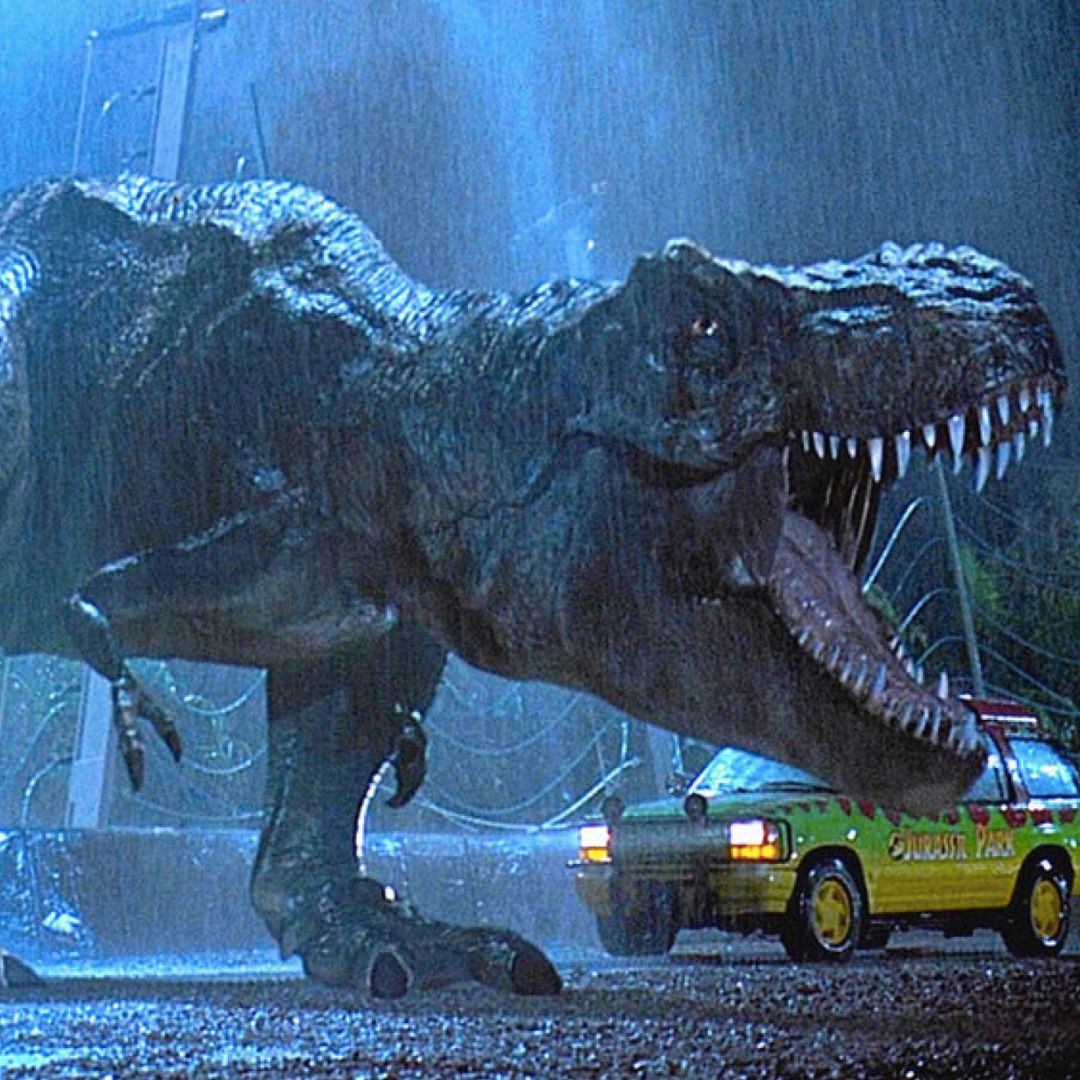
Source: twitter
They used models of the dinosaurs in some scenes, but combined this with CGI (computer-generated imagery) to create realistic dinosaurs. You might be surprised to learn that some of the small raptors were actually actors in costume! This combination of special effects brought us the infamous and terrifying world of Jurassic Park.
The Matrix (1999)
Most of us are familiar with the infamous “bullet-dodging” shot in The Matrix. The scene required many different camera rigs and extreme attention to detail. They had to shoot the scene on a green screen, to prevent cameras from “seeing each other”.
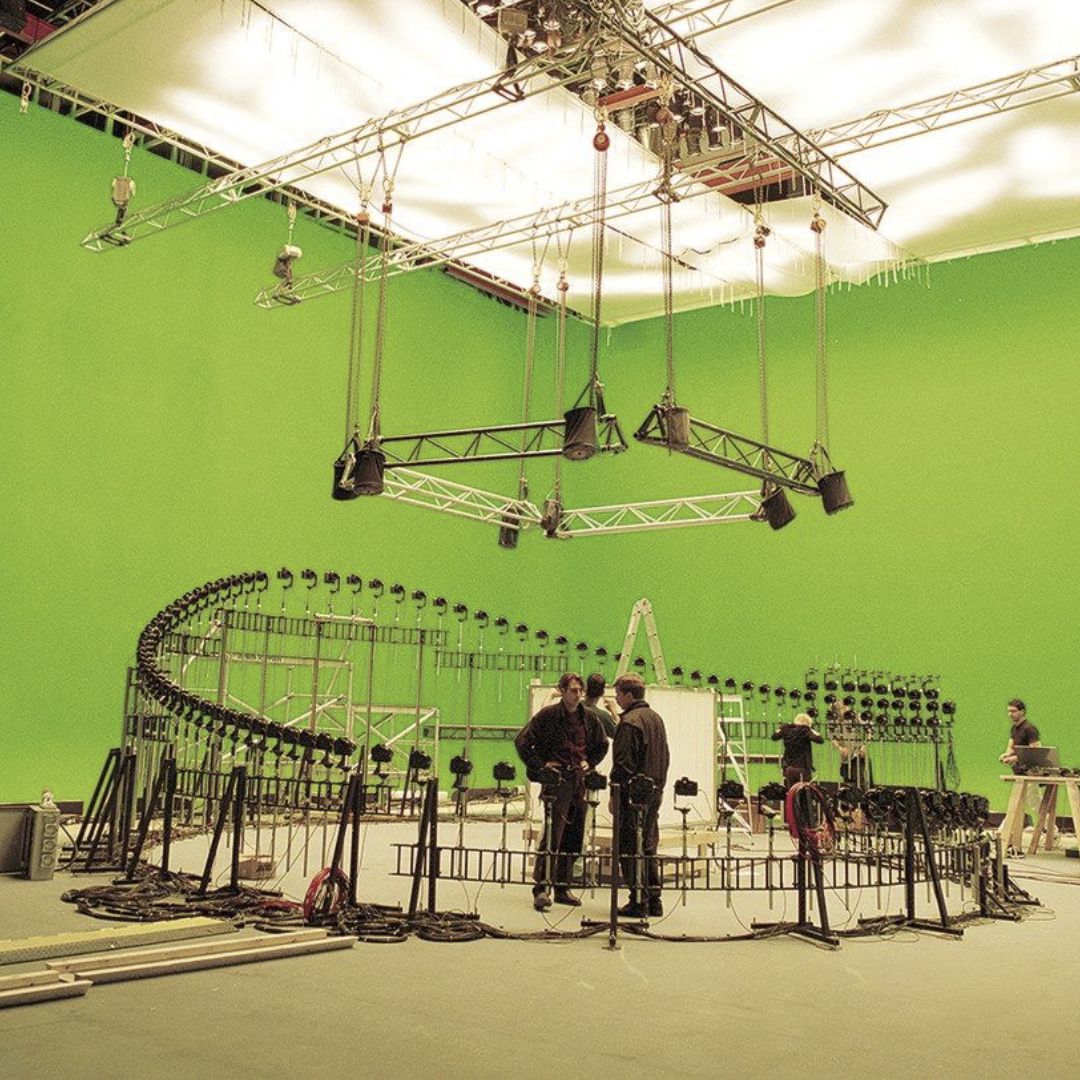
Source: reddit
To make it appear seamless they had to use laser pointers, lighting, and cameras shooting at different times from every angle to capture the slow motion bullet-dodging scene. Basically, there were cameras surrounding the actor and capturing every moment. That’s a lot of work for one scene!
Life of Pi (2012)
It’s hard to talk about special effects without bringing up the 2012 film, Life of Pi. Almost the entire film consists of a boy and a tiger together in a boat. I hope we aren’t bursting the movie magic bubble when we tell you the tiger was almost entirely CGI. In the scenes where the tiger is in a different location from Pi (played by Suraj Sharma), they did use a real tiger on set.
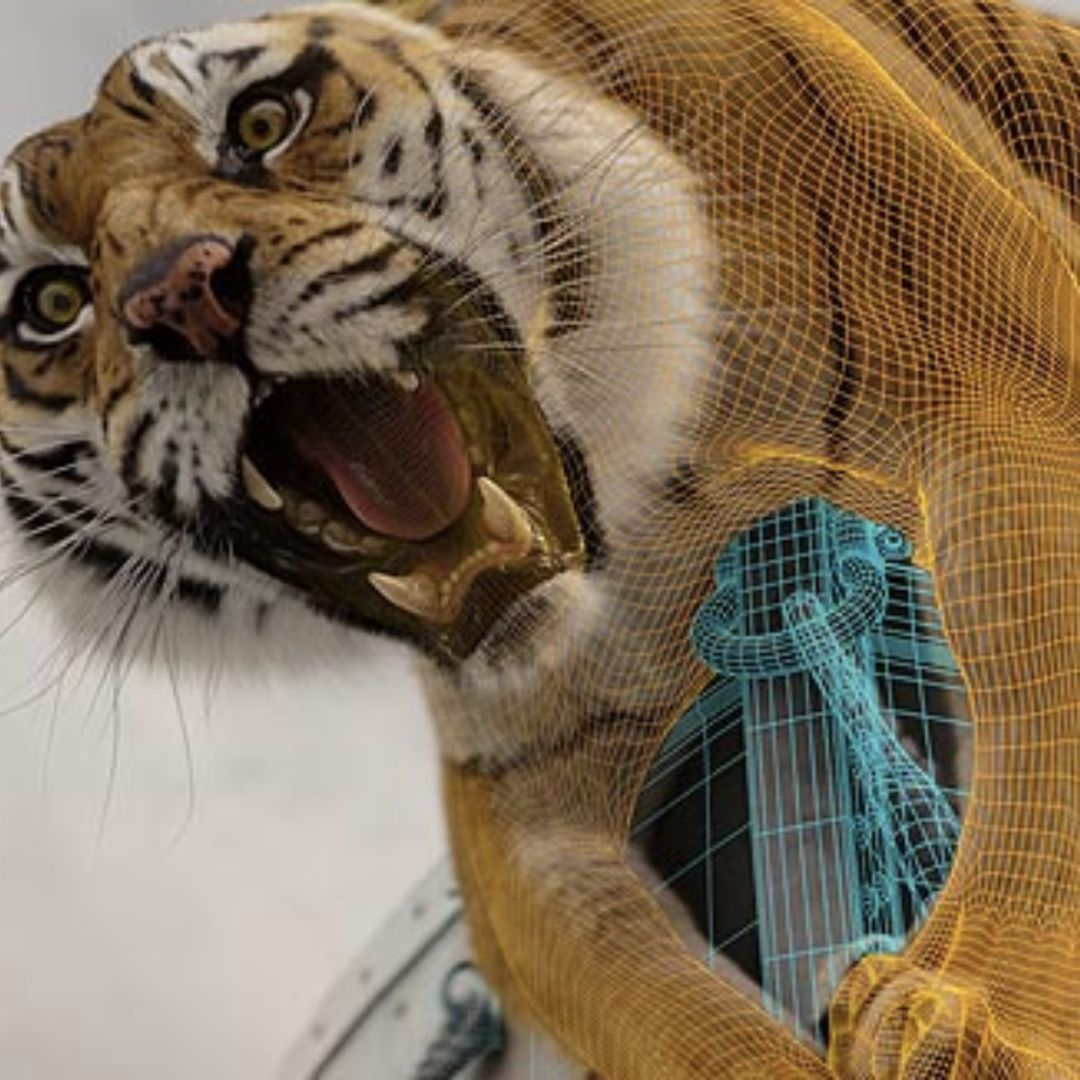
Source: heavy.com
But, for the scenes with Pi and the tiger in the boat, the animal was created entirely of pixels. This required a lot of planning prior to filming because they had to conceptualize exactly where the tiger would be in each and every scene. Creating a realistic animal on a computer who moves and acts as a tiger would naturally is quite an accomplishment.
Forrest Gump (1994)
In the famous film Forrest Gump, Gary Sinise’s character, Lieutenant Dan loses his legs in the war. For the remainder of the film, he is in a wheelchair because his legs are amputated. To erase the actor’s real legs from the screen, they had the actor wear blue stockings over his legs.
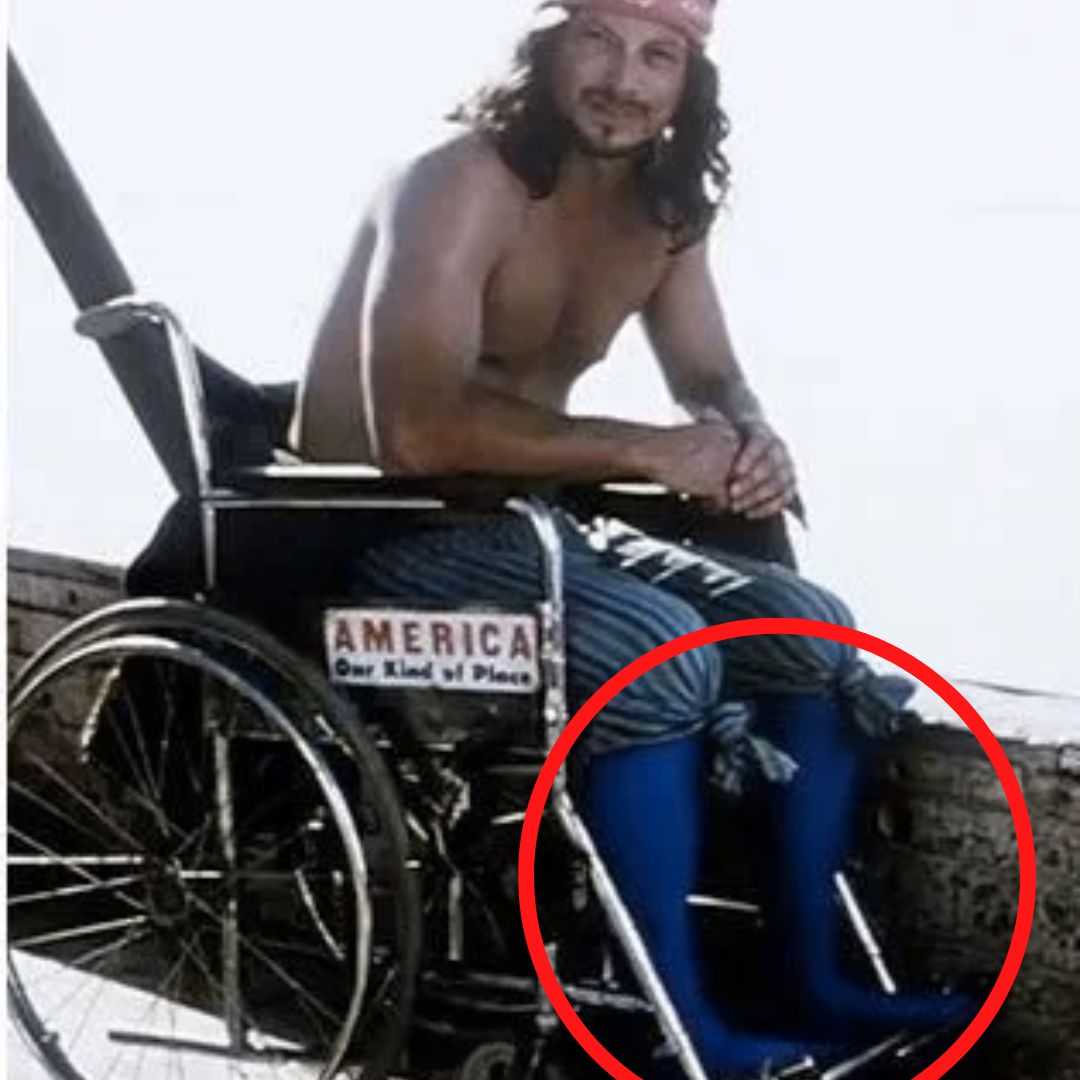
Source: hvg.hu
Using a bold color like blue allowed for post production to isolate and remove the selected image. Thus, removing his legs. Today, this might seem like a simple fix, but remember this was during a time when special effects were still emerging in film.
Titanic (1997)
The director of Titanic, James Cameron, was actually a special effects technician before he became a director, so he is familiar with all the on-screen tricks. To film the iconic and climactic scene of the sinking ship he used almost every trick in the book.

Source: recordnet.com
To create the scene where the ship breaks in two, they used a huge tilting set to create camera angles that made the ship appear to be sinking. James Cameron is famous for his attention to detail. To make the period piece feel authentic he went so far as to assign every single extra a name and a backstory!
Pirates of the Caribbean: The Curse of the black Pearl (2003)
The Curse of the Black Pearl turns pirates into a skeleton crew in the moonlight. The animation experts on the film had to find a way to make the skeletons realistic while also using the same mannerisms as the real actors.
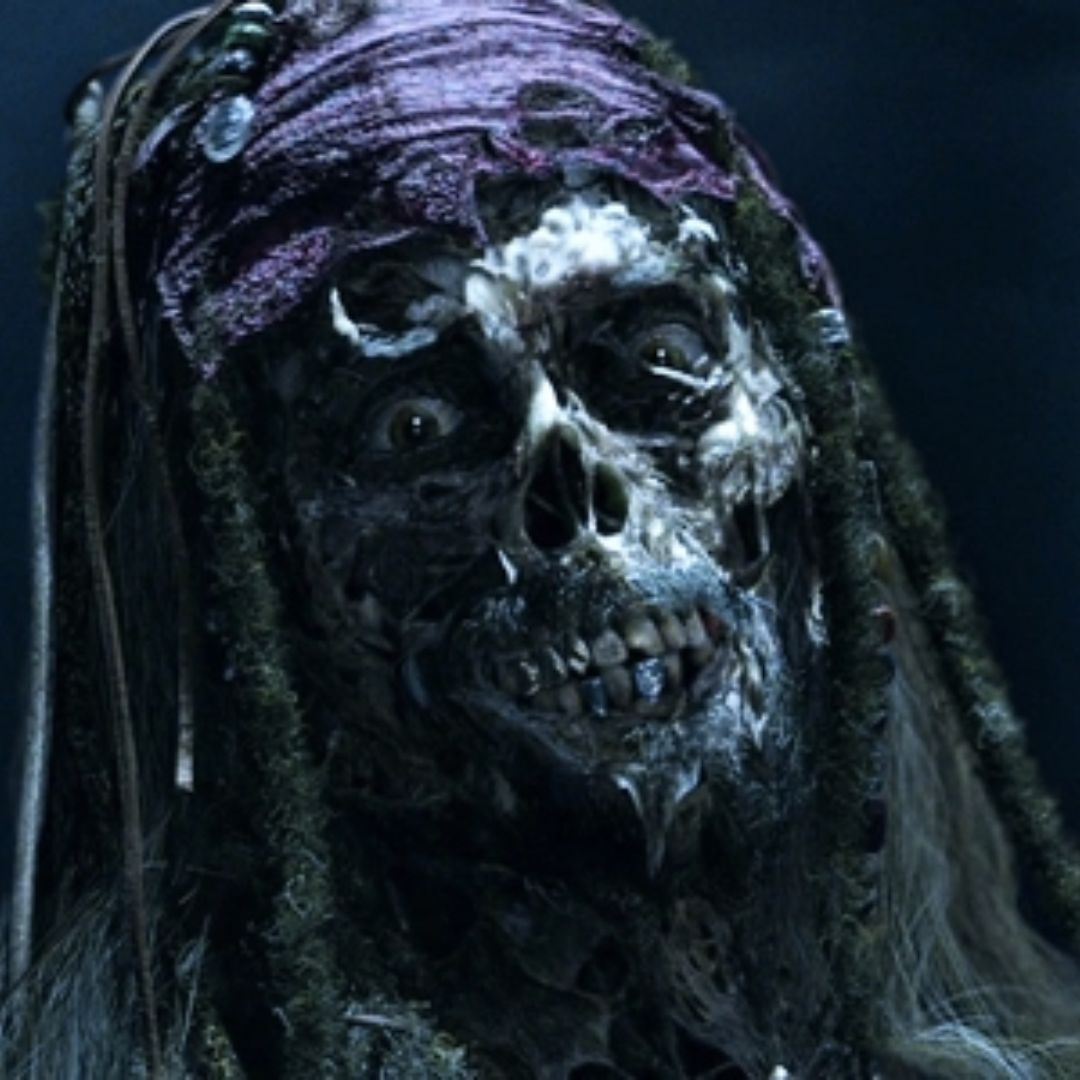
Source: pikabu.ru
Animators made animatronic skeletons based on the actors and took photos of the actors in costume to create the perfect combination. They shot scenes with the live actors and then incorporated the skeletons later on to create the final product we saw in theaters. This way, when the skeletons are on screen, you can still tell who’s who!
Harry Potter and the Deathly Hallows Part: 2 (2011)
The Harry Potter films have used a wide range of special effects since the first movie in 2001.The final film in the franchise uses tons of effects to create dragons and other creatures of the wizard world. Not to mention, the many epic final battle scenes between witches and wizards!
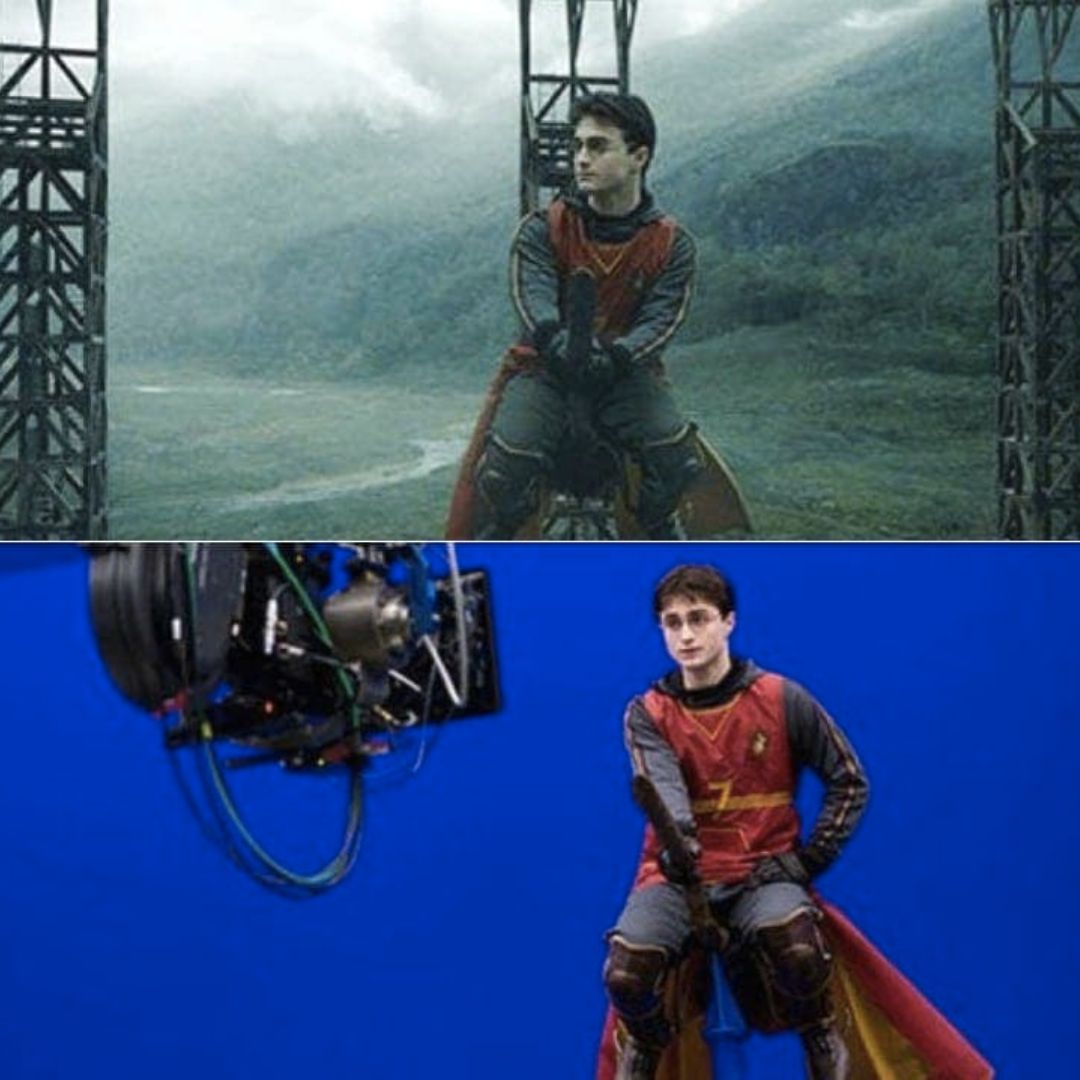
Source: kaskus.co.id
They’ve used different strategies to bring Hogwarts to life throughout the franchise, changing as special effects improved. Perhaps the most iconic battle scene is between Dumbledore and Voldemort in the Order of the Phoenix because they use objects all around them to help in the battle. This required a combination of green screens, CGI, and excellent acting to make it all come together.
Inception (2010)
Christopher Nolan is famous for rejecting CGI in his films. He prefers to use practical effects whenever possible and uses special effects to enhance what the camera captures. This meant getting extra creative during the filming of Inception. One particularly complicated set was created for the hotel corridor scene where the room is rotating during a fight scene.
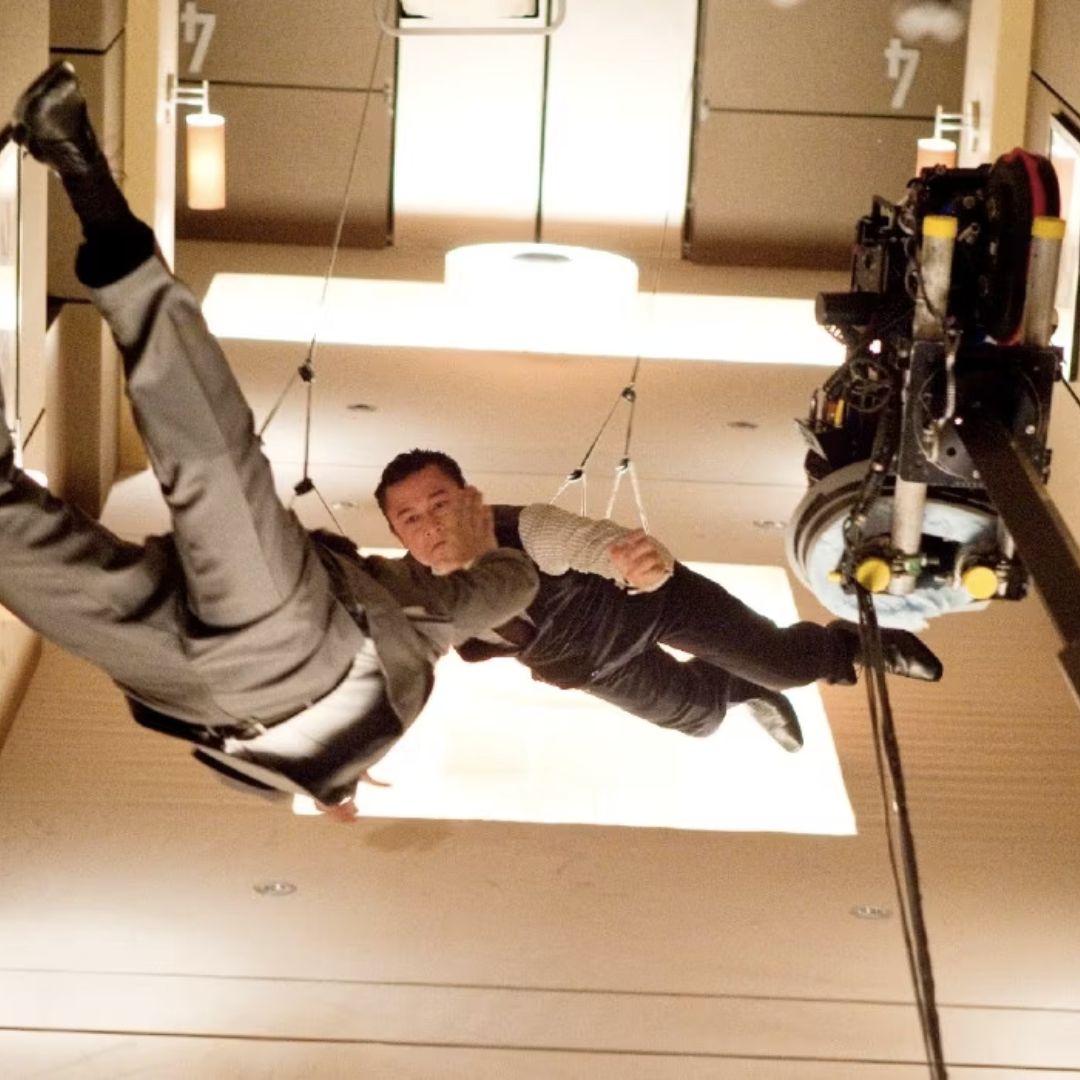
Source: pikabu.ru
The actors were rotated on wires and trolleys to make it appear like they were being thrown around the room, against walls, etc. This probably took much more time than it would have to use CGI but the product is incredibly engaging to watch and leaves us asking: “How?”.
Gravity (2013)
Any space movie is going to require special effects to make it realistic and visually engaging. In the film Gravity they had to create most scenes almost entirely digitally. This required an entire year of planning prior to filming. Basically, the faces of the actors are some of the only physical elements of the film.
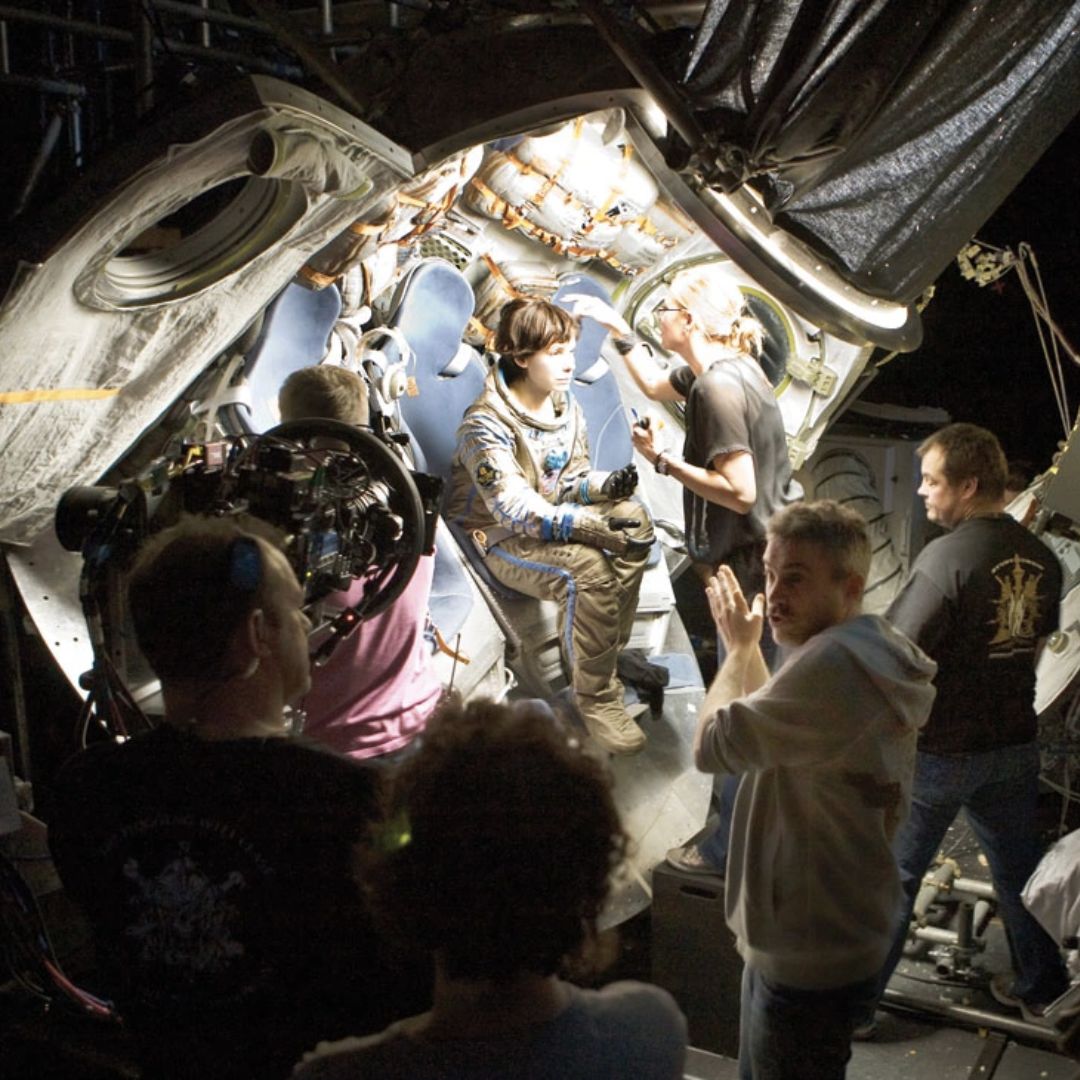
Source: enfilme.com
To create a gravity-less world the special effects team used robots, lighting effects, and impressive rigs created especially for the movie. The stars, Sandra Bullock and George Clooney, did most of their acting in large rigs that simulated weightlessness to make it appear like they were truly in space.
Avatar (2009)
Avatar is another film that is famous for its creative special effects. The world of Pandora and its characters are almost completely digitized. The first versions of the avatars were actually sculpted by artists. James Cameron (director) used innovative techniques to capture the vision.
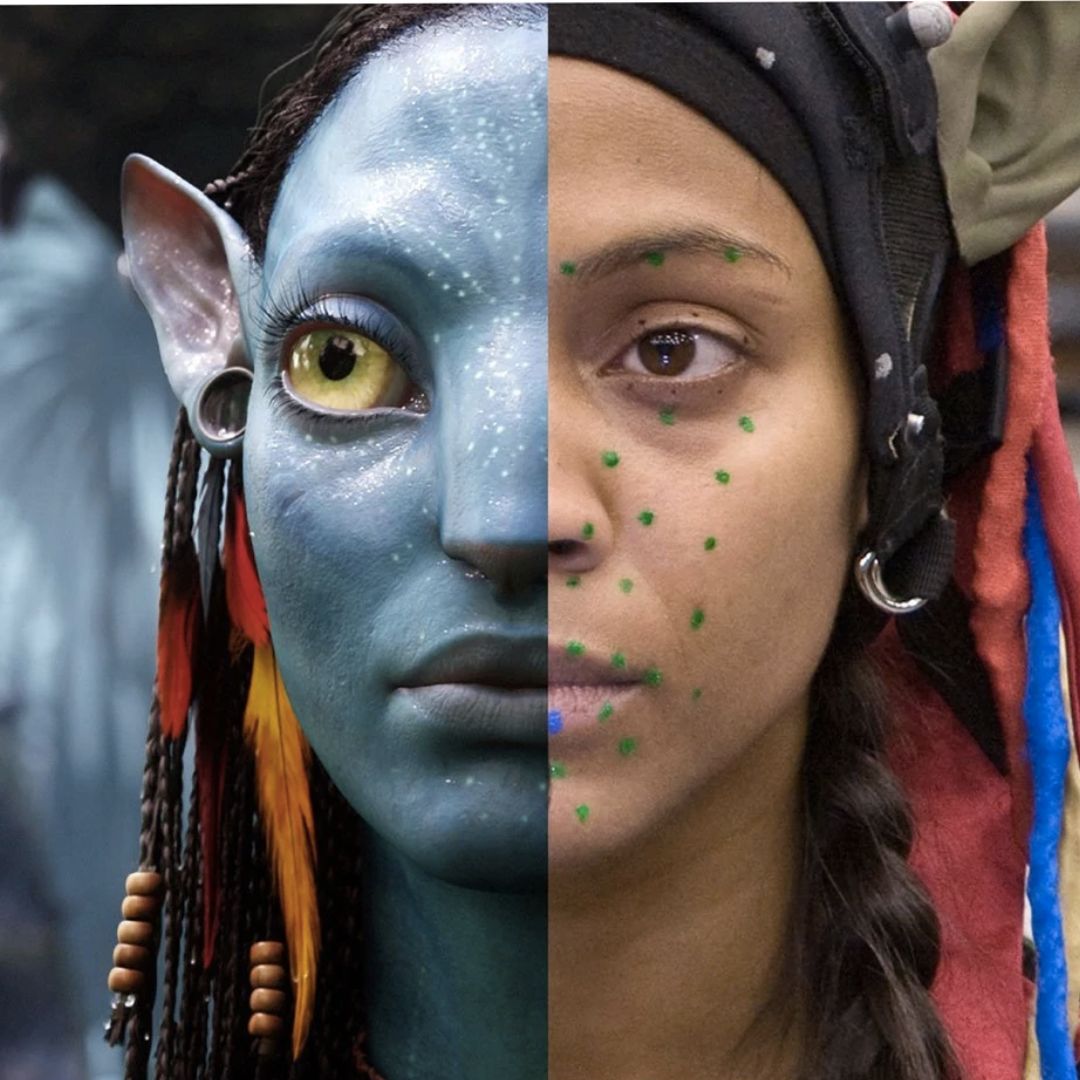
Source: explorersweb.com
They used facial motion capture with high definition cameras. If you’ve ever seen behind-the-scenes photos of actors with dots all over their faces, that is what we’re talking about here. It helps to recognize muscle movements in the face and translate that from the human actor to the creatures of Pandora. This was James Cameron’s biggest-budget-ever, to no surprise. It costs to look that good!
Terminator 2: Judgment Day (1991)
The second Terminator film came early in the world of special effects. James Cameron used a combination of practical and digital effects to create the CGI shape-shifter in the film. The effects were cutting edge for the time.
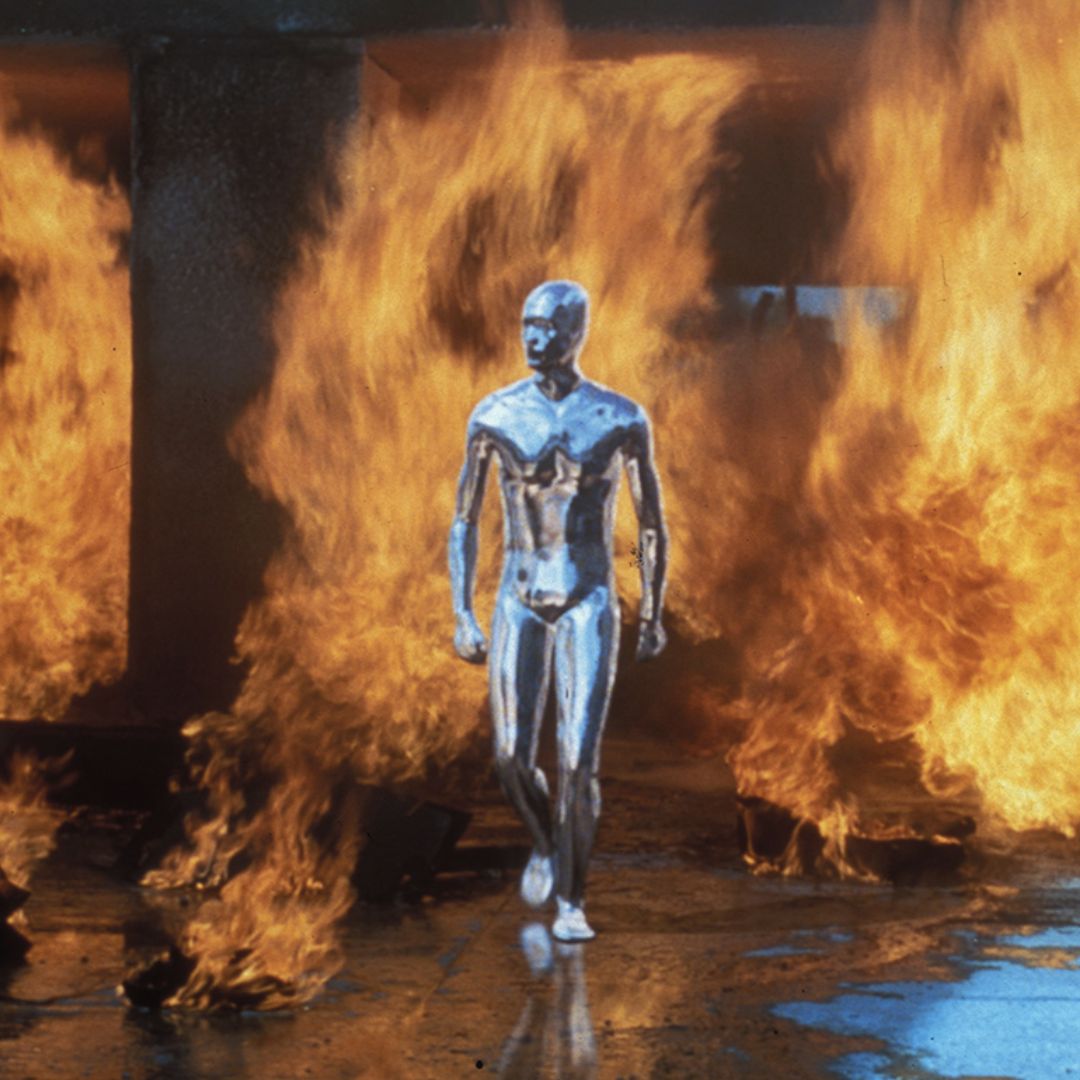
Source: spiegel.de
They used a combination of many different special effects strategies. CGI, prosthetics, animatronics, and miniatures were all used to bring the character to life and create the nuclear explosion effect. These effects were still new, and as such, used in combination with the regular practical effects that had been used in the first film.
